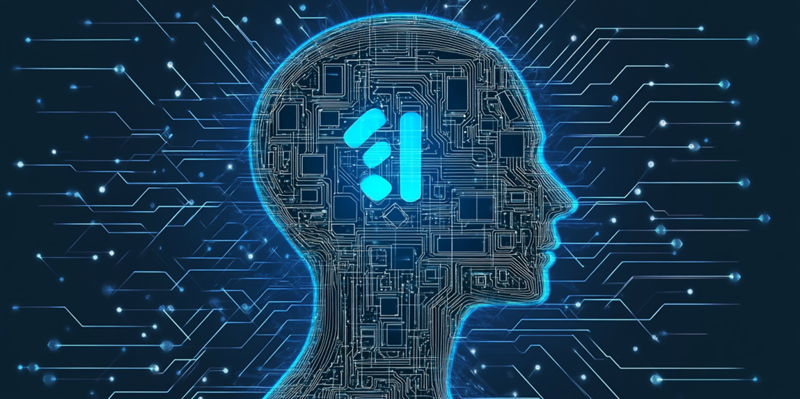As the digital landscape continues to evolve, businesses are constantly seeking innovative ways to engage with their audiences, making content creation a critical aspect of any effective marketing strategy. The introduction of generative AI has brought about a transformative shift, enabling unprecedented advancements in content production, curation, and personalization. This technology significantly enhances the ability of marketing teams to produce high-quality content at an accelerated pace while ensuring adherence to brand voice and values. By analyzing audience preferences and trends, generative AI facilitates the creation of hyper-personalized messaging that deeply resonates with target demographics, fostering stronger brand-audience connections.
Generative AI’s role in content creation extends far beyond mere automation. It empowers brands to remain agile and responsive by providing real-time insights through AI-powered analytics. These insights allow for the swift adaptation of marketing strategies, ensuring that content remains relevant, engaging, and in tune with current trends. Furthermore, AI-generated drafts serve as valuable starting points, stimulating creativity and collaboration within marketing teams. This dynamic interplay between human input and artificial intelligence pushes creative boundaries, fostering a culture of innovation and continuous improvement.
The Automation of Content Production
Generative AI’s ability to streamline content production cannot be overstated, greatly enhancing the efficiency and productivity of marketing teams. With this technology, businesses can quickly generate tailored blog posts, social media updates, and marketing materials that cater to individual audience segments. This not only saves time but also ensures that all content produced aligns with the brand’s voice and messaging. As a result, marketing teams can allocate more resources to high-impact initiatives, thereby driving the brand forward in a competitive market.
One of the most impressive aspects of generative AI is its capacity to analyze vast amounts of data to produce content that resonates with the intended audience. By leveraging advanced algorithms and machine learning, AI can discern patterns and preferences within audience behavior, guiding the creation of content that captures attention and fosters engagement. The technology ensures that marketing efforts are laser-focused and effective, increasing the likelihood of achieving desired outcomes. Consequently, brands that adopt generative AI for content production can expect not only to maintain relevance but also to strengthen their positions within their industries.
Enhancing Collaboration and Creativity
Generative AI also plays a pivotal role in enhancing creativity and collaboration among marketing teams. AI-generated drafts allow creative professionals to focus on refining and enhancing ideas rather than starting from scratch. This collaborative approach encourages input from all team members, leading to more innovative and diverse content. The use of AI-generated content as a foundation helps in pushing creative boundaries and exploring new avenues, thus fostering an environment where originality and ingenuity thrive.
Moreover, real-time insights provided by generative AI enable teams to quickly adapt their strategies based on current trends and audience feedback. This agility is crucial in today’s fast-paced digital landscape, where staying ahead of the curve can make a significant difference. By integrating AI into their content creation processes, businesses can ensure that their marketing strategies remain dynamic and impactful. This seamless blend of technology and human creativity results in high-quality content that is both authentic and engaging.
Balancing Efficiency and Authenticity
As the digital landscape evolves, businesses constantly seek innovative methods to engage with their audiences, making content creation vital for effective marketing strategies. The advent of generative AI has revolutionized this area, enabling remarkable advancements in producing, curating, and personalizing content. This technology enhances marketing teams’ ability to generate high-quality content rapidly while maintaining brand voice and values. By analyzing audience preferences and trends, generative AI crafts hyper-personalized messages that resonate deeply with target demographics, strengthening brand-audience connections.
Generative AI’s role in content creation goes far beyond simple automation. It grants brands agility and responsiveness by offering real-time insights through AI-driven analytics. These insights allow for quick adjustments to marketing strategies, ensuring content stays relevant and engaging. Additionally, AI-generated drafts act as valuable starting points, sparking creativity and fostering collaboration within marketing teams. This dynamic between human input and artificial intelligence pushes creative limits, nurturing a culture of innovation and continuous advancement.

